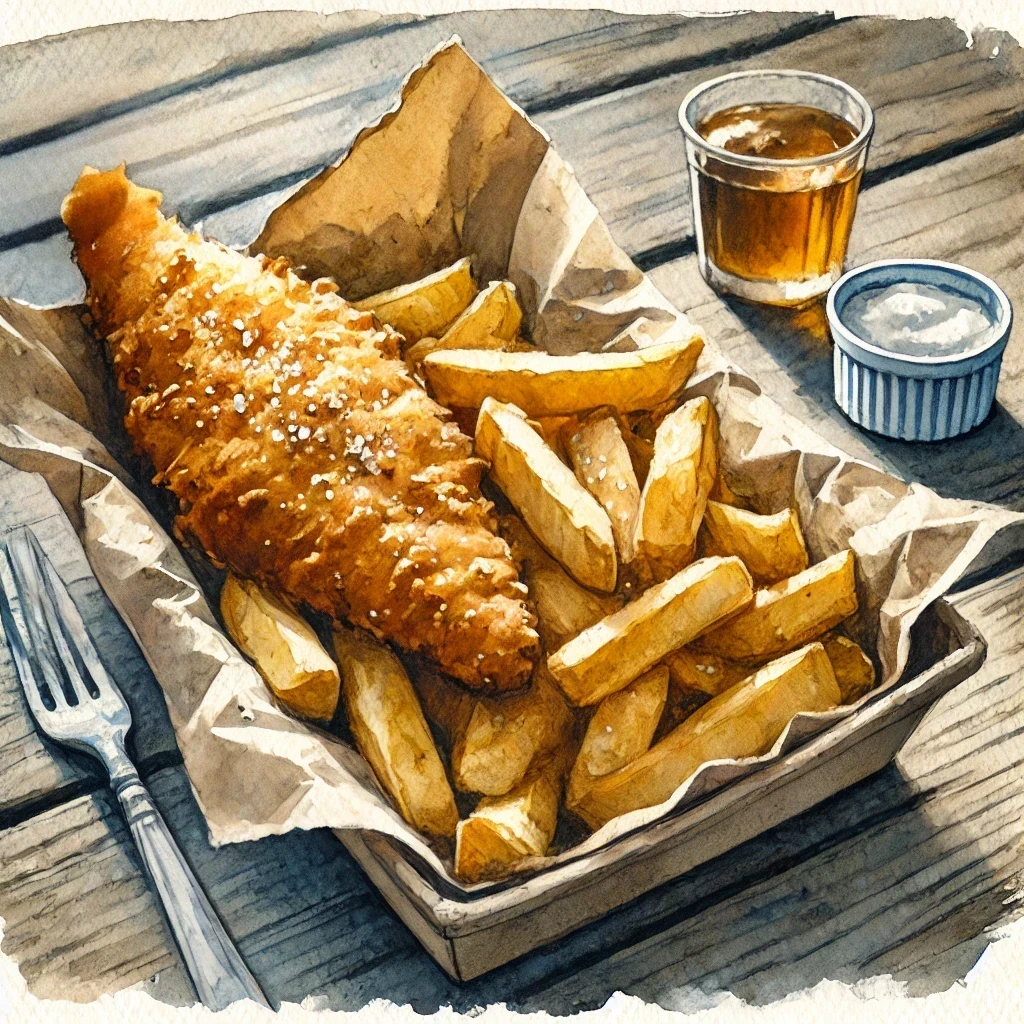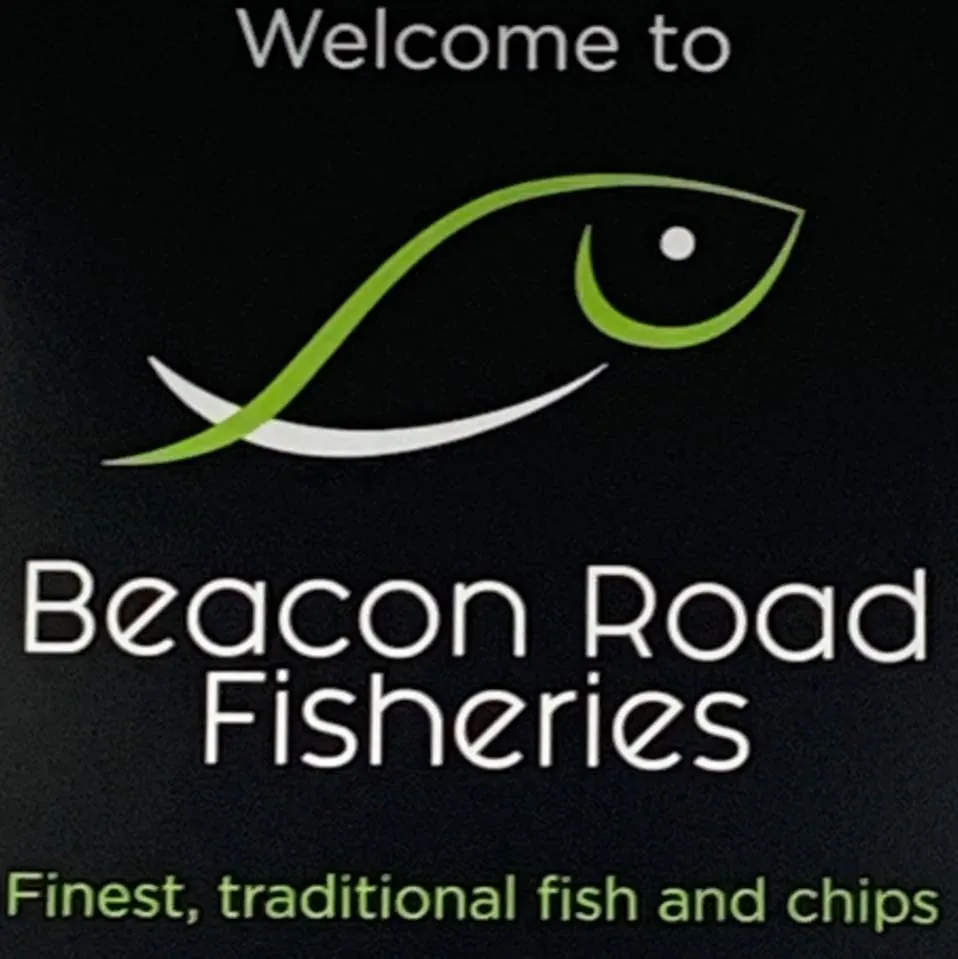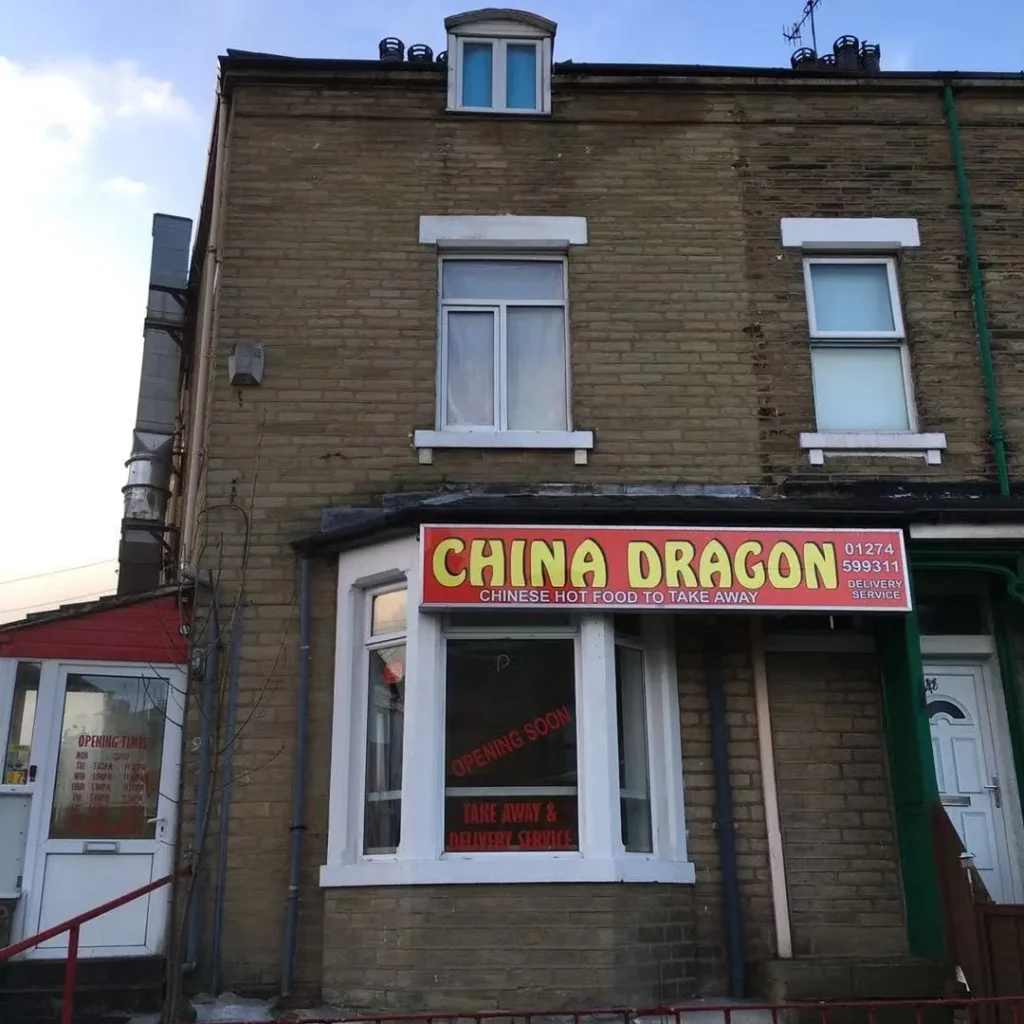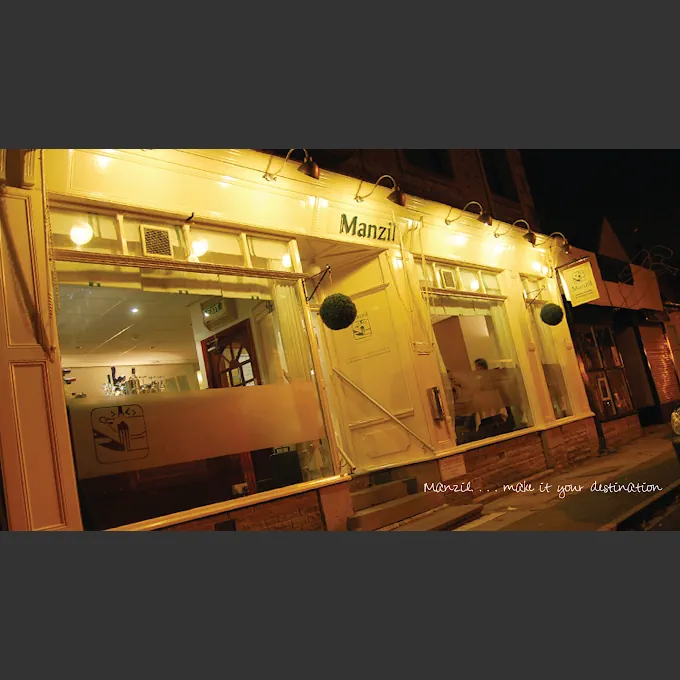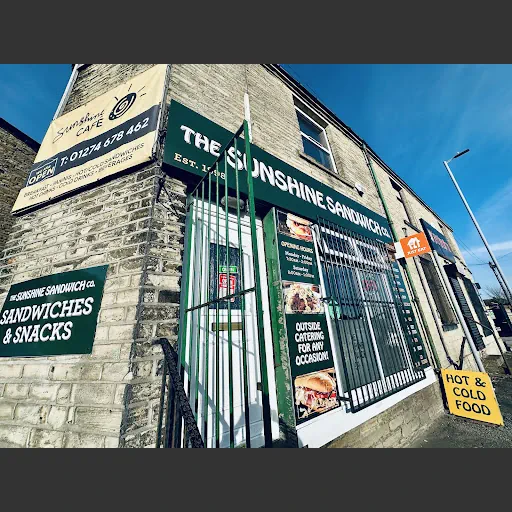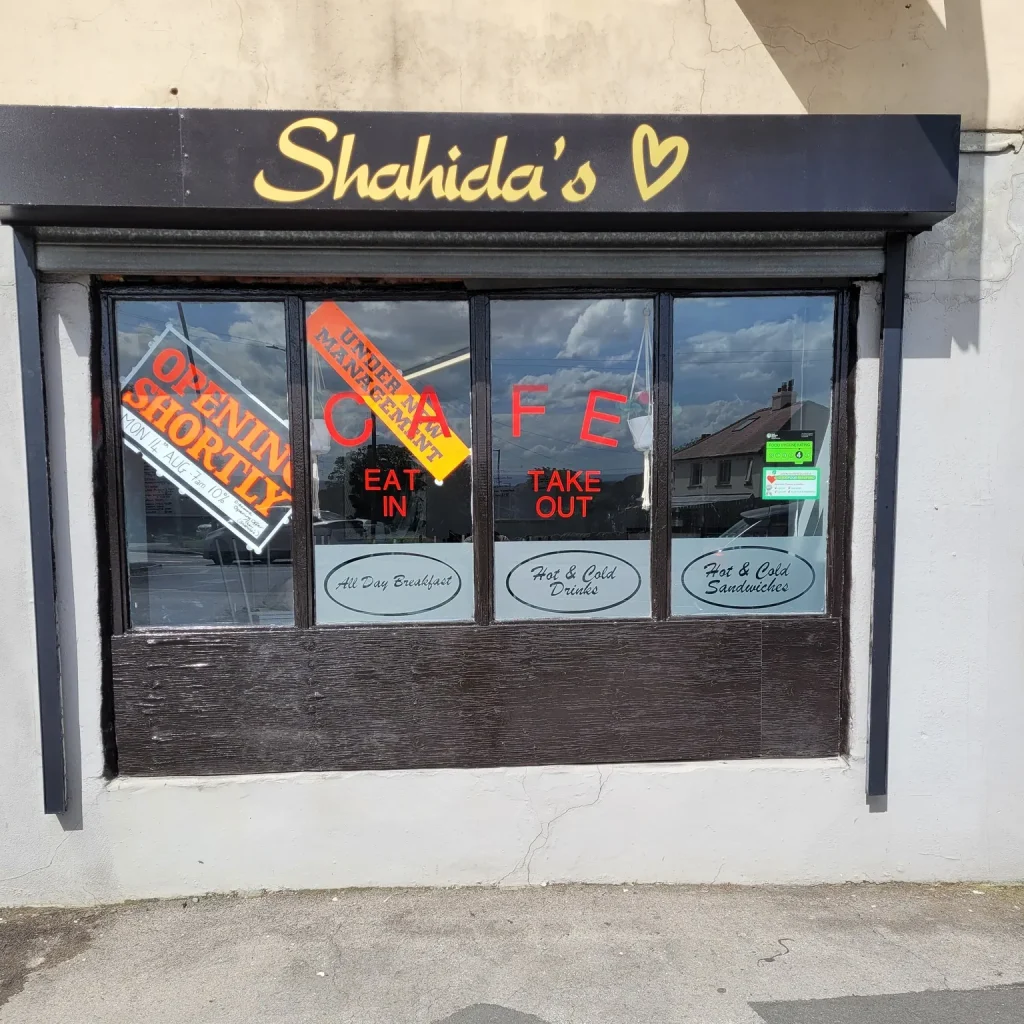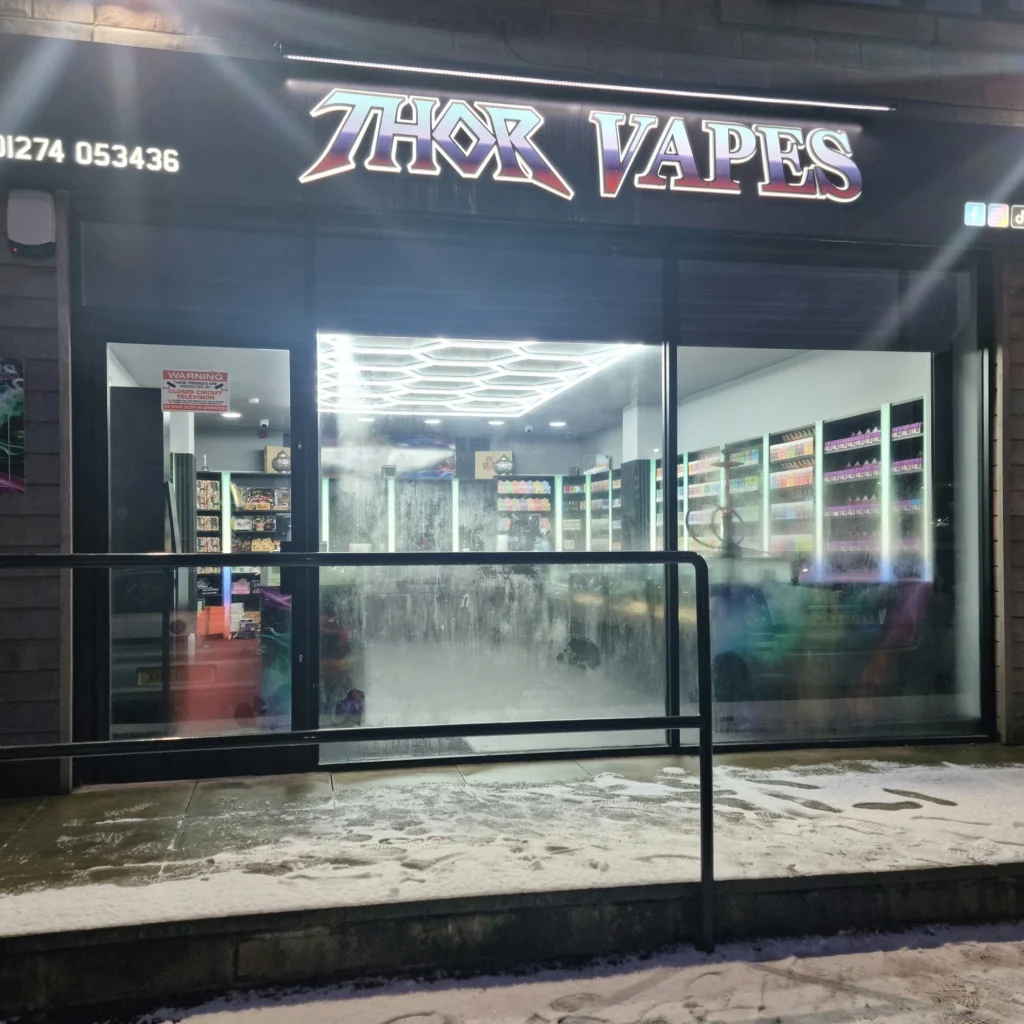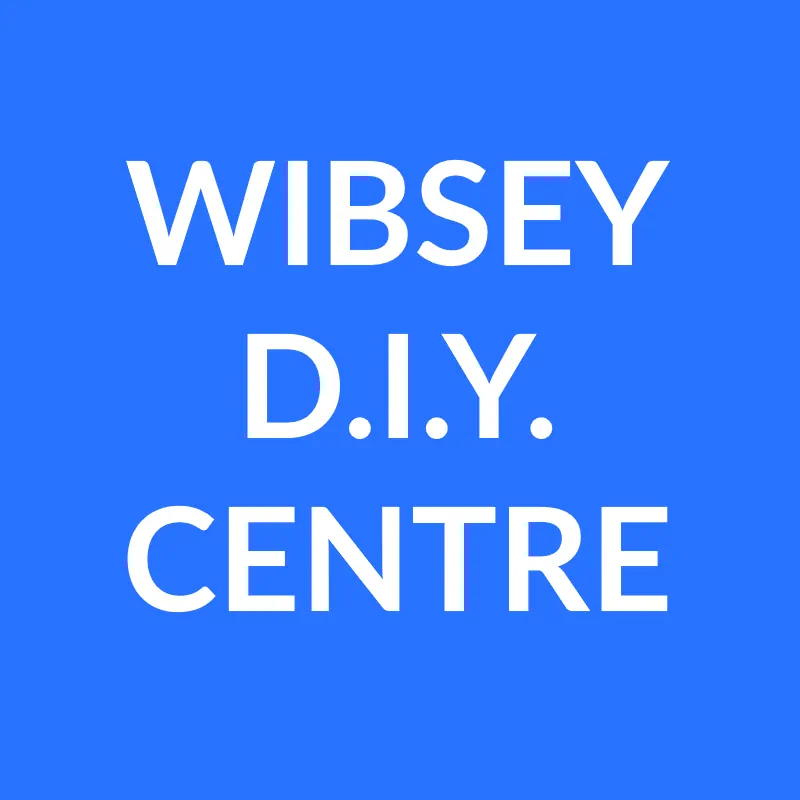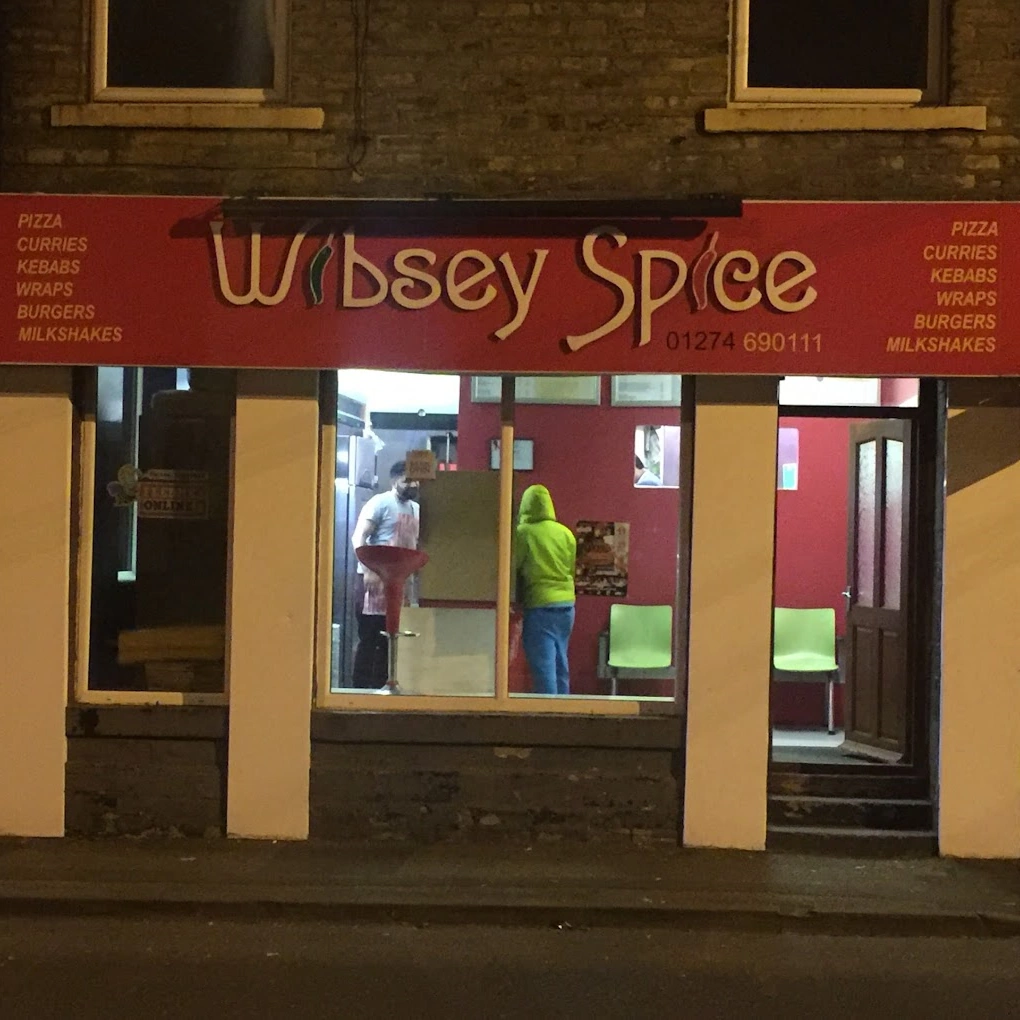
3D Digital Models Preserve Historic Irish Towns
November 24, 2025New technology recreates Kilmallock and Derry in detail
Two historic walled towns in Ireland, Kilmallock in County Limerick and Derry/Londonderry in Northern Ireland, have been digitally recreated using advanced 3D scanning technology. The project, led by the University of Bradford in partnership with Irish institutions, aims to preserve and share centuries of heritage through interactive digital models accessible online.
Project overview and technology
The initiative employs vehicle-mounted laser scanners, drones equipped with LiDAR, and mobile mapping devices to capture detailed data of the towns’ medieval architecture. This includes walls, gateways, rooftops, streets, and other historic features. The collected data is combined to produce immersive digital twins that can be explored via mobile phones or integrated into urban planning and conservation efforts.
- High-density 3D datasets created from multiple scanning methods
- Models accessible online for public exploration
- Applications in tourism, education, heritage conservation, and urban regeneration
Collaboration and cultural significance
The project is a collaboration between the University of Bradford, University of Limerick, University College Cork, and Derry City and Strabane District Council. It is funded by the Arts and Humanities Research Council. The work builds on previous digital heritage projects such as Virtual Bradford, a 3D model of Bradford city centre.
Derry was the first UK City of Culture in 2013, while Bradford holds the title for 2025. The digital link between these places highlights cultural exchange and innovation in heritage preservation.
Local support and official launch
The Mayor of Derry City and Strabane District Council, Councillor Ruairí McHugh, officially launched the project at Ulster University. He described the initiative as a fusion of history and technology that allows global audiences to experience the Walled City virtually.
The project has received backing from heritage groups such as the Friends of the Derry Walls, who have played a role in preserving the landmark.
Potential uses and future outlook
Beyond public engagement, the 3D models serve as tools for education, tourism, and local authority planning. The detailed digital twins can assist in regeneration strategies and heritage conservation efforts.
Professor Andrew Wilson, who leads the project, emphasised the national capability of the technology, noting that it can be deployed across the UK and Ireland to support cultural and urban development.





